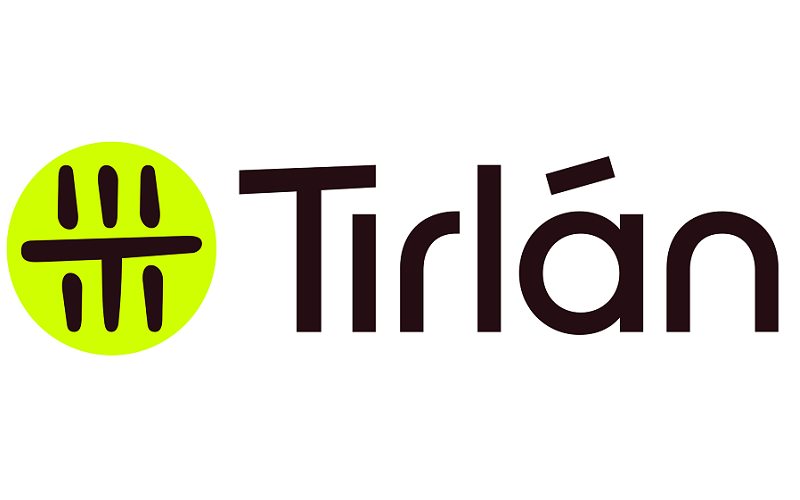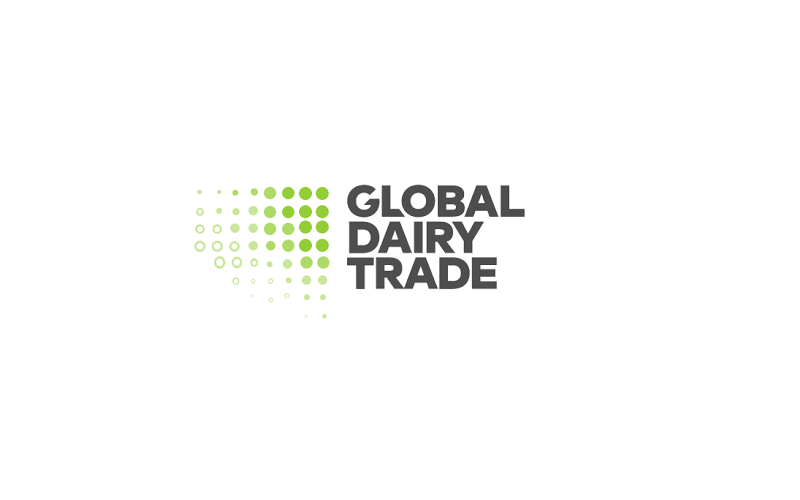Tirlán's 2023 Milk Payments to Farmers Reach €1.3 Billion
Sourse: The DairyNews
In the recently disclosed financial report, Tirlán revealed that its disbursements to 4,198 dairy farmers in 2023 amounted to a substantial €1.3 billion. This significant infusion of funds not only bolsters the livelihoods of these farmers but also plays a pivotal role in sustaining over 19,200 jobs and fostering economic activity exceeding €5.5 billion throughout the country.

Headquartered in Co. Kilkenny, Tirlán allocated the lion's share of payments, totaling €240 million, to farmers in its home county. Co. Waterford followed closely, with farmers receiving €199 million, trailed by Co. Wexford at €170 million. In stark contrast, Co. Monaghan farmers collectively received a modest sum of €4 million, while those in Co. Dublin garnered €5 million.
Challenges and Considerations
Despite the substantial payouts, Tirlán faced challenges, notably reflected in a significant drop in the average milk price from 63c/L in 2022 to 44c/L in 2023. Additionally, the co-op experienced a 3% reduction in its milk pool, which contracted to 3.1 billion litres during the same period.
Outgoing CEO Jim Bergin highlighted pivotal concerns faced by farmers, particularly pertaining to water quality and nitrates derogation. He stressed the importance of preserving the derogation for the viability of Tirlán's grass-based dairy farming model. Emphasizing the necessity for collaborative efforts, Bergin underscored the imperative to safeguard water quality for communities while maximizing Ireland's prospects of retaining the derogation.
Navigating Economic Dynamics
Bergin acknowledged the complexity of navigating economic dynamics, noting the impact of elevated farm input costs and challenging weather conditions on milk prices. While 2022 witnessed remarkable success, 2023 presented formidable challenges. The fluctuating landscape necessitated a reevaluation of production costs, which hovered between 38c/L and 40c/L in 2022. Although inputs costs gradually receded in 2023, Bergin stressed the importance of maintaining prices to sustain farm incomes, while expressing optimism for further reductions in input costs.
In summary, Tirlán's 2023 financial performance reflects both the resilience of its dairy farming community and the adaptive measures required to navigate evolving economic realities and agricultural challenges.
Challenges and Considerations
Despite the substantial payouts, Tirlán faced challenges, notably reflected in a significant drop in the average milk price from 63c/L in 2022 to 44c/L in 2023. Additionally, the co-op experienced a 3% reduction in its milk pool, which contracted to 3.1 billion litres during the same period.
Outgoing CEO Jim Bergin highlighted pivotal concerns faced by farmers, particularly pertaining to water quality and nitrates derogation. He stressed the importance of preserving the derogation for the viability of Tirlán's grass-based dairy farming model. Emphasizing the necessity for collaborative efforts, Bergin underscored the imperative to safeguard water quality for communities while maximizing Ireland's prospects of retaining the derogation.
Navigating Economic Dynamics
Bergin acknowledged the complexity of navigating economic dynamics, noting the impact of elevated farm input costs and challenging weather conditions on milk prices. While 2022 witnessed remarkable success, 2023 presented formidable challenges. The fluctuating landscape necessitated a reevaluation of production costs, which hovered between 38c/L and 40c/L in 2022. Although inputs costs gradually receded in 2023, Bergin stressed the importance of maintaining prices to sustain farm incomes, while expressing optimism for further reductions in input costs.
In summary, Tirlán's 2023 financial performance reflects both the resilience of its dairy farming community and the adaptive measures required to navigate evolving economic realities and agricultural challenges.











